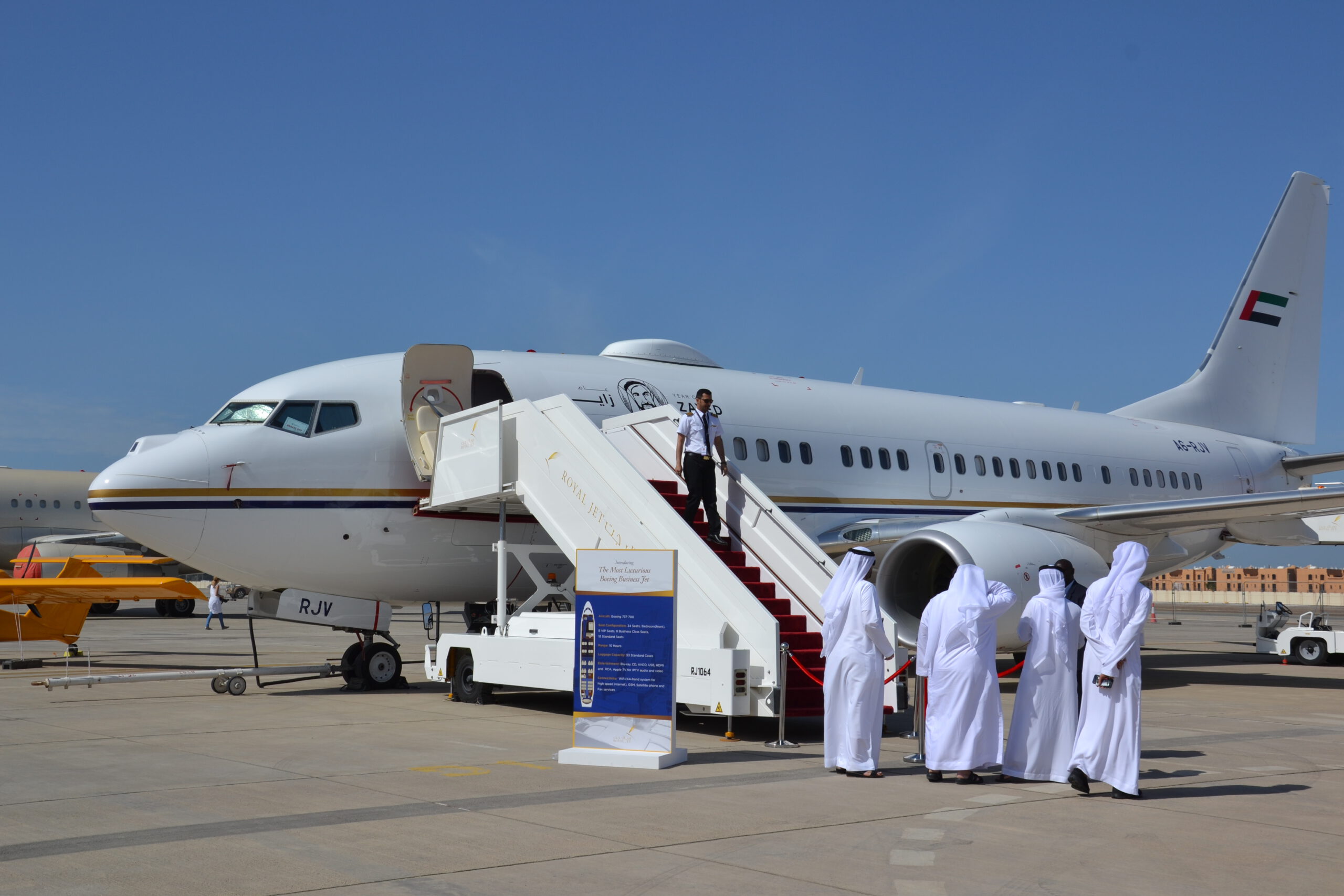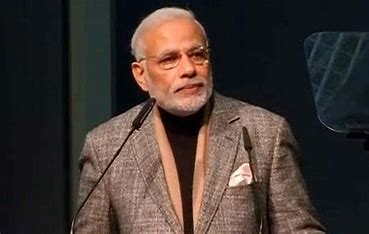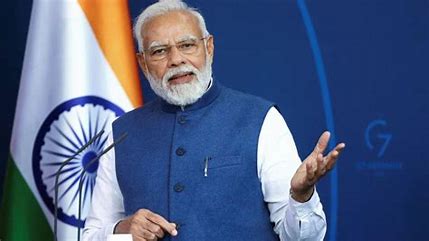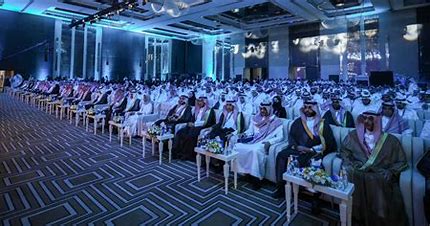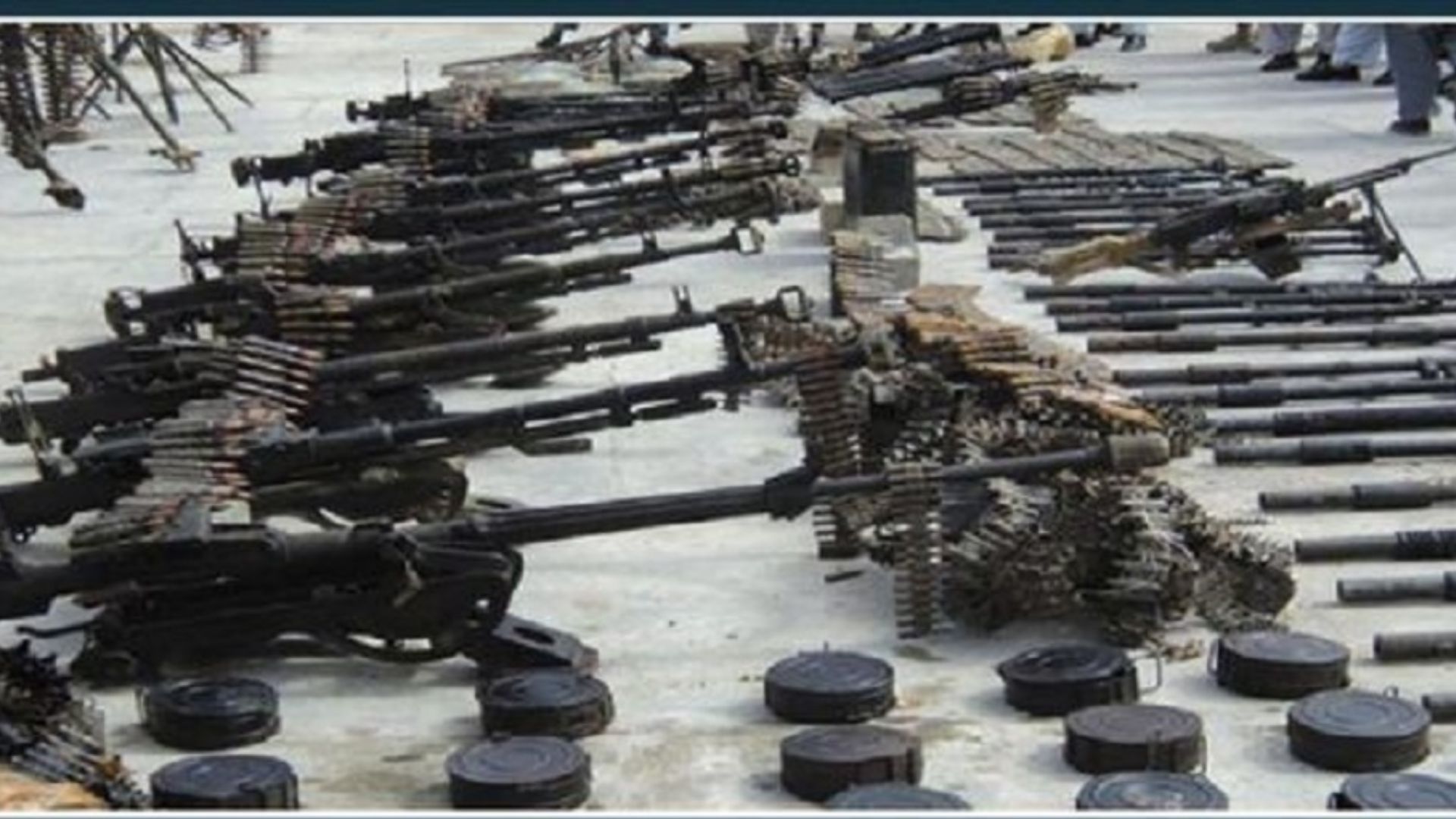
According to a recent sectoral report by Jefferies, the Indian defence market is set to experience a robust annual growth rate of 14% over the financial years 2024 to 2030. This growth is attributed to the government’s strong focus on indigenization and efforts to boost export opportunities.
The report highlights that global geopolitical tensions and India’s increasing emphasis on self-reliance are driving demand and revenue growth for domestic defence companies. Additionally, the government’s efforts to build international relations to enhance exports are seen as a significant advantage.
India’s defence spending is projected to double between FY24 and FY30, which is expected to positively impact the stock prices of defence firms. The market opportunity in India is estimated to be between USD 90-100 billion over the next 5-6 years, with an annual growth rate of approximately 13%.
Despite being among the top three global defence spenders, India’s expenditure in 2022 was only about 10% of that of the U.S. and 27% of China’s. India remains the world’s second-largest importer of defence equipment, accounting for 9% of global arms imports.
The report anticipates that capital defence spending will continue to grow at around 7-8% annually, similar to the past decade. Additionally, the export potential for Indian defence companies is expected to increase at an 18% CAGR from FY24 to FY30. India’s defence exports, which have surged 14-fold from FY17 to FY24, currently stand at USD 2.6 billion and are projected to reach USD 7 billion by FY30, aligning with the government’s target of USD 6 billion by FY29.
The most promising markets for Indian defence exports include Italy, Egypt, the UAE, Bhutan, Ethiopia, and Saudi Arabia. The Middle East region, which accounts for 33% of global arms imports valued at USD 11 billion, presents significant opportunities. Qatar and Saudi Arabia together account for 52% of Middle Eastern arms imports, making them key targets for Indian exporters.

